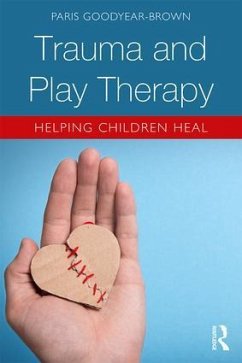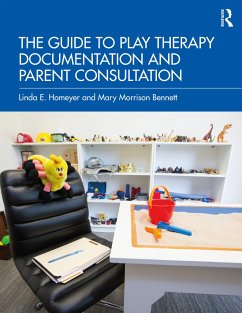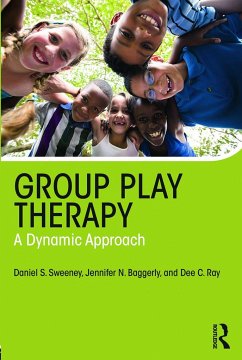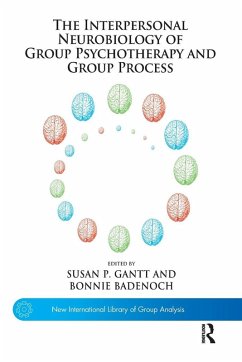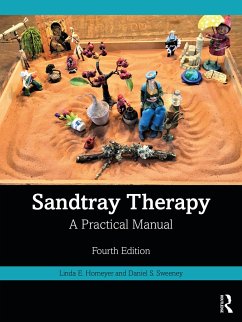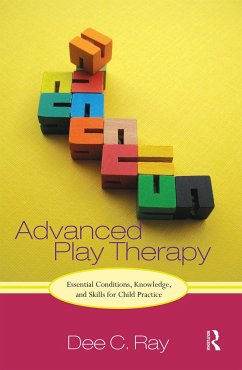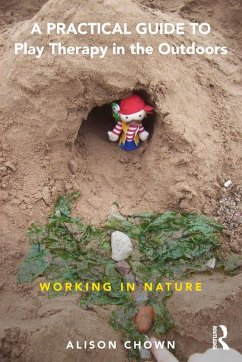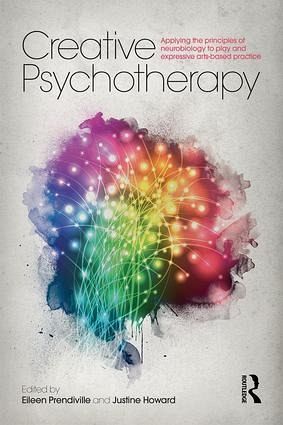
Creative Psychotherapy
Applying the principles of neurobiology to play and expressive arts-based practice
Herausgeber: Prendiville, Eileen; Howard, Justine

PAYBACK Punkte
18 °P sammeln!
Creative Psychotherapy brings together the expertise of leading authors and clinicians from around the world to synthesise what we understand about how the brain develops, the neurological impact of trauma and the development of play. The authors explain how to use this information to plan developmentally appropriate interventions and guide creative counselling across the lifespan.The book includes a theoretical rationale for various creative media associated with particular stages of neural development, and examines how creative approaches can be used with all client groups suffering from tra...
Creative Psychotherapy brings together the expertise of leading authors and clinicians from around the world to synthesise what we understand about how the brain develops, the neurological impact of trauma and the development of play. The authors explain how to use this information to plan developmentally appropriate interventions and guide creative counselling across the lifespan.
The book includes a theoretical rationale for various creative media associated with particular stages of neural development, and examines how creative approaches can be used with all client groups suffering from trauma. Using case studies and exemplar intervention plans, the book presents ways in which creative activities can be used sequentially to support healing and development in young children, adolescents and adults.
Creative Psychotherapy will be of interest to mental health professionals working with children, adolescents and adults, including play and arts therapists, counsellors, family therapists, psychologists, social workers, psychiatrists and teachers. It will also be a valuable resource for clinically oriented postgraduate students, and therapists who work with victims of interpersonal trauma.
The book includes a theoretical rationale for various creative media associated with particular stages of neural development, and examines how creative approaches can be used with all client groups suffering from trauma. Using case studies and exemplar intervention plans, the book presents ways in which creative activities can be used sequentially to support healing and development in young children, adolescents and adults.
Creative Psychotherapy will be of interest to mental health professionals working with children, adolescents and adults, including play and arts therapists, counsellors, family therapists, psychologists, social workers, psychiatrists and teachers. It will also be a valuable resource for clinically oriented postgraduate students, and therapists who work with victims of interpersonal trauma.





